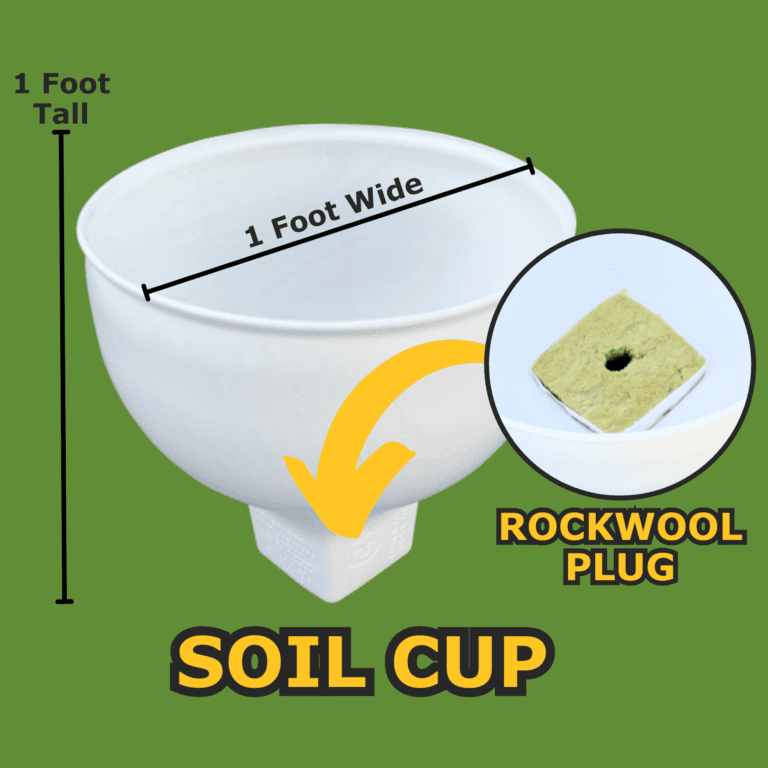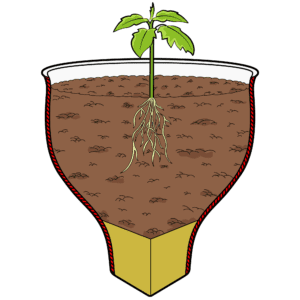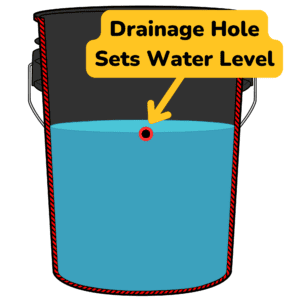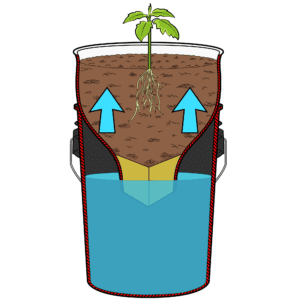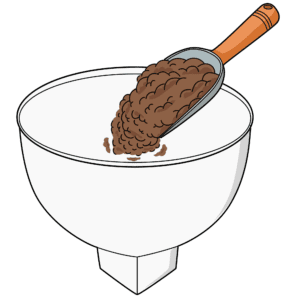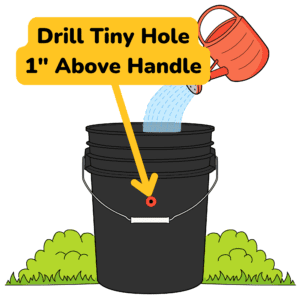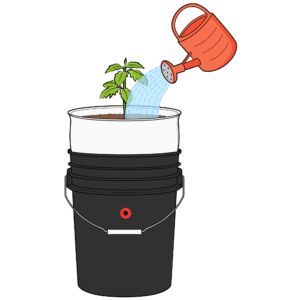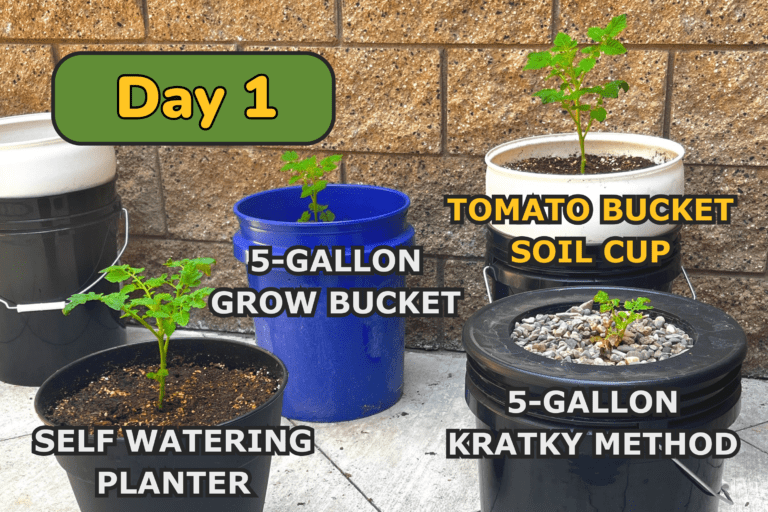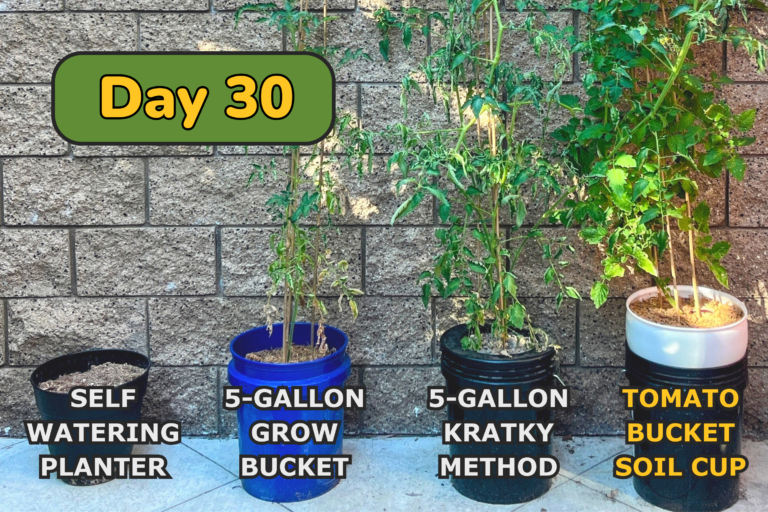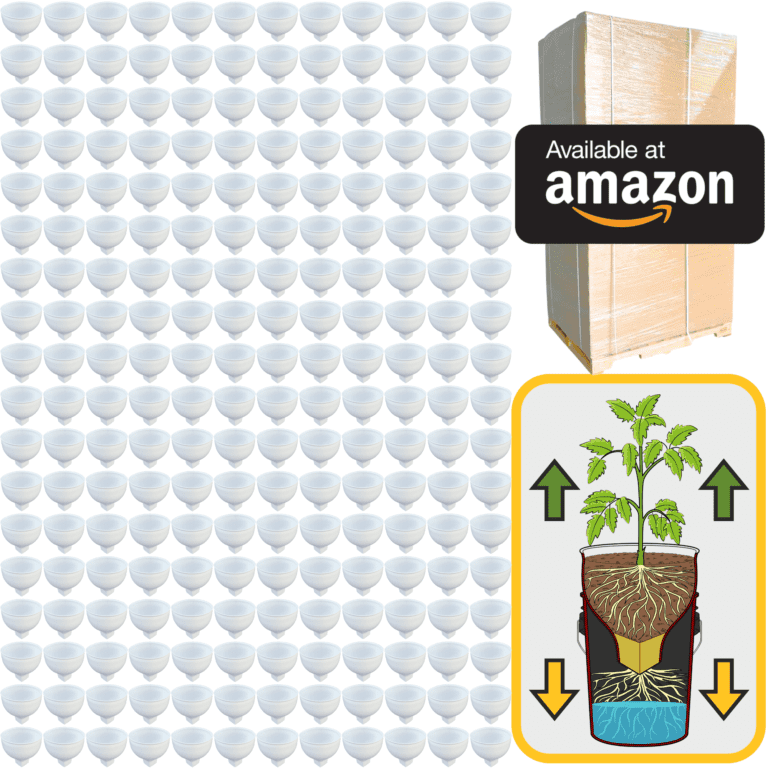Understanding the science behind hydroponics can seem a bit intimidating at first, but I promise it’s simpler than you think. When you strip away the soil, you’re left with the pure essentials of plant growth—light, water, nutrients, and air. Hydroponics is about getting back to basics and giving plants exactly what they need without any extras. The result is a more efficient, sustainable way of growing that’s not only fascinating to watch but also incredibly rewarding. By grasping a few key principles of plant biology and water chemistry, you’ll see how hydroponics lets you grow faster, healthier plants, often with less effort.
At the heart of it, plants are just as alive as we are—they need nutrients, water, and oxygen to grow and thrive. In traditional gardening, soil provides a home where roots can anchor, find water, and take in nutrients. But soil is just a medium. In hydroponics, we’re creating a different kind of “home” for roots, where they’re directly exposed to everything they need. When a plant’s roots are in water, it’s like they have an all-you-can-eat buffet of nutrients and oxygen, without the need to search through the soil. This makes it easy for them to grow quickly and healthily, absorbing all the essentials without a struggle.
Plants need just a handful of basic elements to survive, and understanding these will help you become a more effective hydroponic gardener. At the top of the list are three elements that you’ll see on any nutrient solution: nitrogen, phosphorus, and potassium. These are like the “main courses” in a plant’s diet. Nitrogen helps build strong, healthy leaves. Phosphorus is key for root development and flowering, and potassium supports the plant’s overall health and strength. Together, these elements fuel a plant’s growth and keep it balanced and robust.
Beyond the big three, plants need smaller amounts of other nutrients like calcium, magnesium, and sulfur. These are often called secondary nutrients, but they’re just as important. Calcium helps build cell walls, which keeps plants strong, while magnesium is central to photosynthesis—the process that lets plants turn sunlight into energy. Think of these nutrients as the vitamins and minerals that help plants stay healthy. Then there are the trace elements—micronutrients like iron, manganese, and zinc—that plants need in tiny amounts but are essential for specific functions.
Now, let’s talk about water, the lifeblood of any hydroponic system. In hydroponics, water does a lot more than just hydrate the plant. It’s the vehicle that delivers nutrients directly to the roots. You’ll often see people talk about the “pH” of the water. pH is simply a measure of how acidic or alkaline the water is, and it can make a big difference in how well your plants absorb nutrients. Most plants like a slightly acidic environment, with a pH around 5.5 to 6.5. When the pH is too high or too low, plants can struggle to take in certain nutrients, even if those nutrients are present in the water. Imagine trying to eat a delicious meal but not being able to absorb any of it—pH balance makes sure that plants are able to “digest” the nutrients you’re giving them.
Another important aspect of water chemistry is electrical conductivity, or EC. This might sound complicated, but all it really measures is how concentrated your nutrient solution is. A higher EC means there are more nutrients in the water. The goal is to find a balanced EC that gives your plants the nutrients they need without overloading them. Plants can be like people—too much of a good thing can stress them out. As you grow more comfortable with hydroponics, you’ll start to notice how adjusting EC and pH can impact your plants’ growth and health.
Oxygen plays a role here, too, especially since roots need air to breathe. In soil, air pockets provide oxygen naturally. In hydroponics, we have to make sure that the roots get enough oxygen, especially when they’re fully submerged in water. That’s why many hydroponic systems use air pumps or other methods to introduce oxygen into the water. Oxygenated water not only helps the roots take up nutrients more efficiently but also keeps them from “drowning.” Healthy, oxygen-rich roots are the foundation of any strong hydroponic system, allowing plants to grow faster and resist disease.
Photosynthesis is another essential part of plant life. Plants use light to make their food, converting sunlight into energy that fuels their growth. In hydroponics, you’re often growing indoors, which means you might need to provide artificial light to mimic the sun. Plants have a natural rhythm and respond to different types and amounts of light. For most leafy greens, simple LED grow lights or even fluorescent lights can work wonders. For flowering or fruiting plants, you might need stronger, more specialized lights. The idea is to match the light you provide to the plant’s needs, just as you would give a tomato plant more sun outdoors than you would a shade-loving herb.
Hydroponics might seem technical, but when you understand these basics—nutrients, water, oxygen, and light—you’re well on your way. This knowledge will help you troubleshoot and experiment, making you a more confident and flexible gardener. You’ll start seeing how these principles connect, how adjusting one thing can influence another. Soon, you’ll be able to “read” your plants, noticing subtle signs if they need more or less of something. It’s a bit like learning a new language, where every yellowing leaf or drooping stem is a hint, guiding you toward the perfect environment.
When you bring it all together, hydroponics is a balance between art and science. Understanding the biology and chemistry of plants gives you the tools, but your attention and intuition guide the results. By providing exactly what plants need, you’re creating an ideal environment where they can grow their best. This journey isn’t just about growing food or flowers—it’s about developing a deeper understanding and appreciation for the incredible lives of plants, and watching them thrive under your care.

